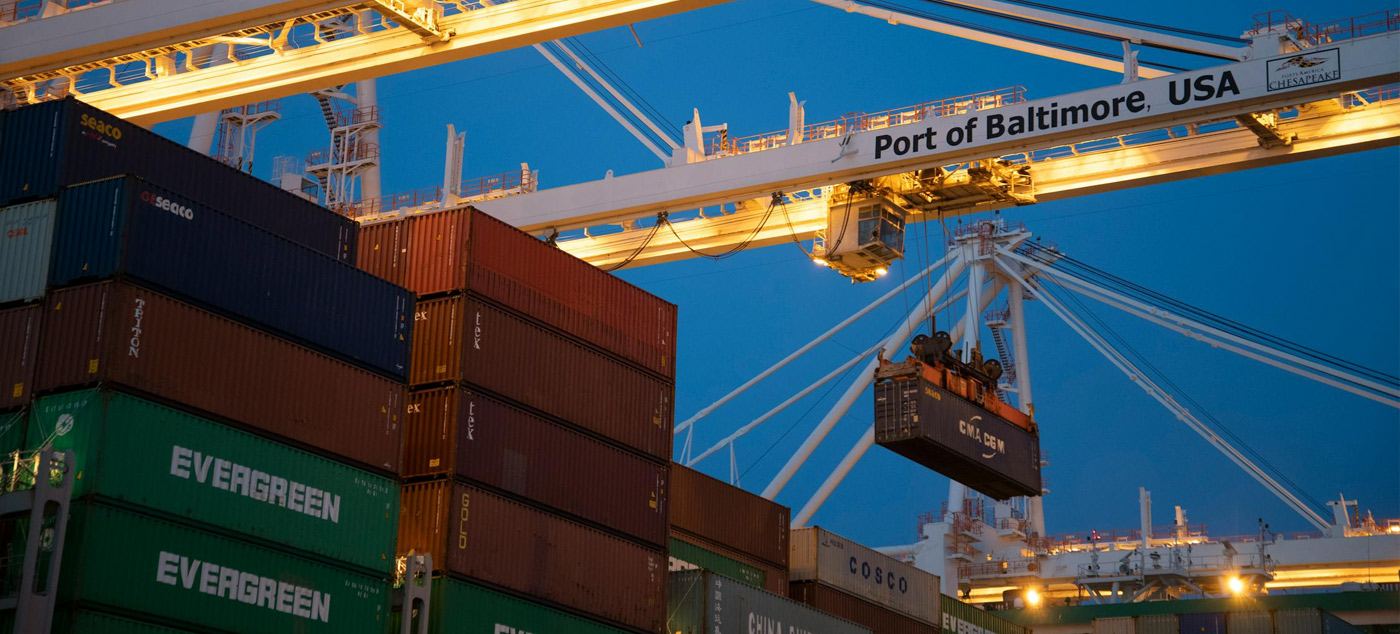
The Evolution of Supply Chain Technology From Inventory Systems to AI-driven Logistics
In the realm of supply chain management, technology has been a driving force, propelling the industry forward and revolutionizing the way goods are sourced, manufactured, and delivered. From humble beginnings with basic inventory systems to the advent of sophisticated AI-driven logistics platforms, the evolution of supply chain technology has been nothing short of remarkable. Let’s embark on a journey through time to trace the transformative advancements that have shaped supply chain management past, present, and future.
The Early Days: Basic Inventory Systems
In the early days of supply chain management, pen and paper ruled the roost. Basic inventory systems were manual and labor-intensive, relying on handwritten records and physical counts to track goods as they moved through the supply chain. While these systems served their purpose, they were prone to errors, inefficiencies, and delays, limiting the scalability and agility of supply chain operations.
The Rise of Computerization: ERP and MRP Systems
With the advent of computers in the mid-20th century, supply chain management underwent a paradigm shift. Enterprise Resource Planning (ERP) and Material Requirements Planning (MRP) systems emerged as game-changers, offering automated solutions for inventory management, production planning, and order fulfillment. These early forms of supply chain technology paved the way for greater efficiency, visibility, and control across the entire supply chain network.
The Digital Revolution: E-commerce and RFID
The rise of the internet and e-commerce in the late 20th century ushered in a new era of supply chain innovation. Online marketplaces and digital storefronts enabled businesses to reach a global audience, while technologies such as Radio-Frequency Identification (RFID) revolutionized inventory tracking and management. With RFID tags, companies could monitor the movement of goods in real-time, improving accuracy, transparency, and traceability throughout the supply chain.
The Era of Big Data and Analytics
In the 21st century, big data and analytics have emerged as powerful tools for supply chain optimization. With the proliferation of sensors, IoT devices, and connected systems, companies can collect vast amounts of data from every stage of the supply chain, from raw material sourcing to final delivery. Advanced analytics and predictive algorithms allow businesses to gain actionable insights, identify trends, and anticipate demand, enabling more informed decision-making and proactive risk management.
The Future: AI-driven Logistics and Blockchain
Looking ahead, the future of supply chain technology promises even greater innovation and disruption. Artificial Intelligence (AI) and machine learning are poised to revolutionize logistics, with intelligent algorithms optimizing routing, scheduling, and inventory allocation in real-time. Blockchain technology holds the potential to enhance transparency, trust, and security within the supply chain, enabling immutable record-keeping and seamless collaboration between stakeholders.
The evolution of supply chain technology has been a journey marked by continuous innovation and adaptation. From basic inventory systems to sophisticated AI-driven logistics platforms, each technological advancement has brought us closer to a more efficient, agile, and resilient supply chain ecosystem. As we look to the future, the possibilities are endless, with emerging technologies poised to transform supply chain management in ways we’ve only begun to imagine. Embracing these innovations will be key to staying ahead of the curve and unlocking new opportunities for growth and success in the dynamic world of supply chain management.


